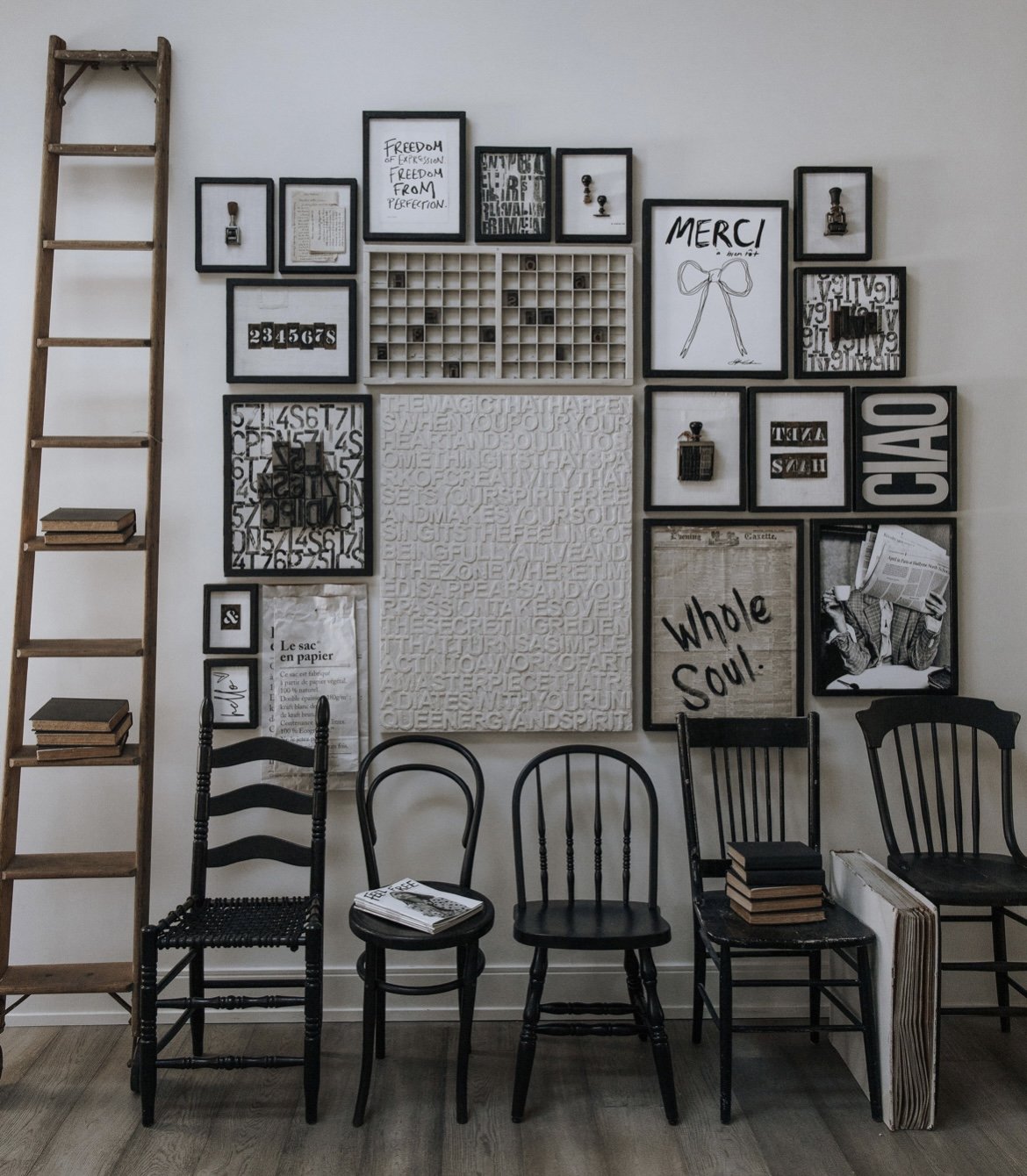TYPOGRAPHY
ty·pog·ra·phy /tīˈpäɡrəfē/
noun the style and appearance of printed matter; the art or procedure of arranging type or processing data and printing from it.
The print shop. A dimly lit, cluttered space filled with the smell of ink. Antique printing presses. Wooden type cases overflowing with lead letters. Stacks of aged paper and the remnants of past projects scattered across long, worn tables, giving off a distinct aura of timeworn craftsmanship and a bygone era of printing technology.
These print shops still exist and they are some of my favorite shops to visit on my travels.
The Printing Revolution began around 1440 in Germany when the goldsmith Johannes Gutenberg invented the moveable-type printing press. He made one of the first printed books, a reproduction of the Bible. A single press could produce around 3,600 pages a day. Over several decades the moveable-type printing press spread to over 200 cities across Europe. The printing press revolutionized how people could learn and share information. Mark Twain said that Gutenberg’s invention of the printing press was “the mightiest event that has ever happened in profane history.”









